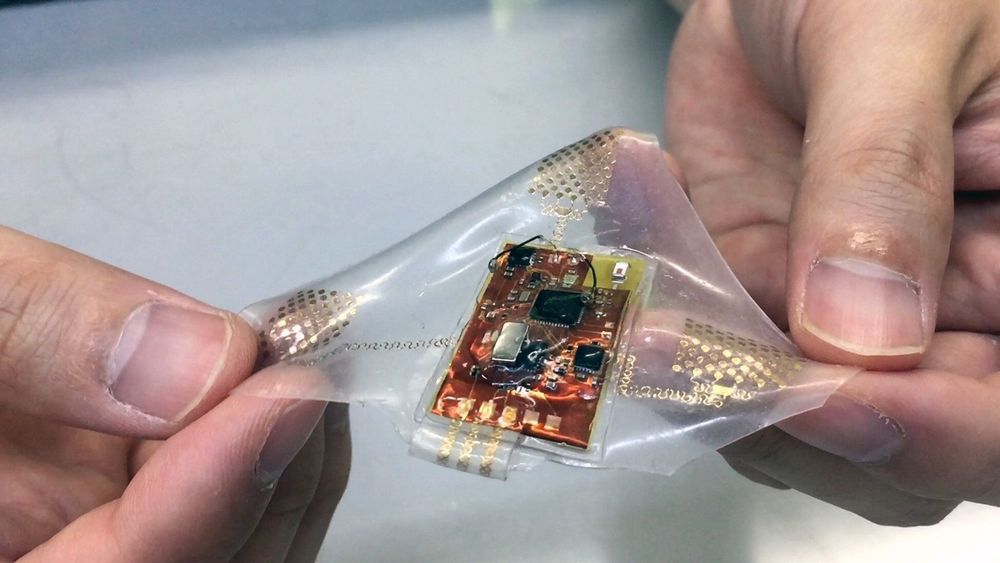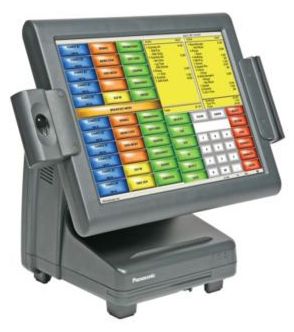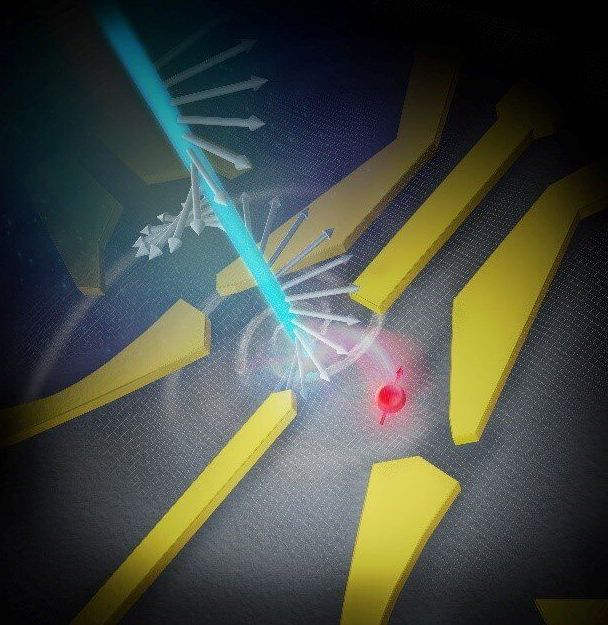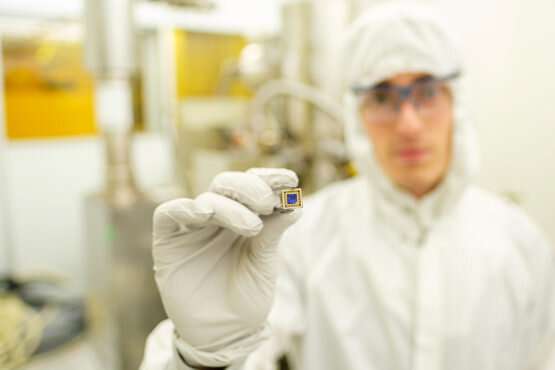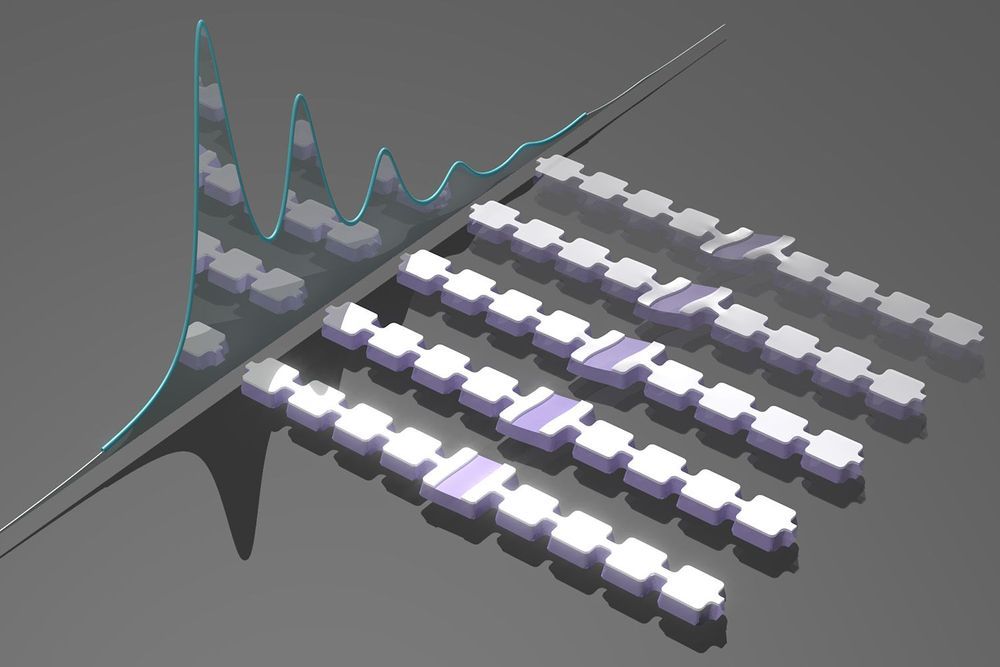Archive for the ‘computing’ category: Page 508
Jul 31, 2019
Soft wearable health monitor uses stretchable electronics
Posted by Paul Battista in categories: biotech/medical, computing, engineering, health, mobile phones, wearables
A wireless, wearable monitor built with stretchable electronics could allow comfortable, long-term health monitoring of adults, babies and small children without concern for skin injury or allergic reactions caused by conventional adhesive sensors with conductive gels.
The soft and conformable monitor can broadcast electrocardiogram (ECG), heart rate, respiratory rate and motion activity data as much as 15 meters to a portable recording device such as a smartphone or tablet computer. The electronics are mounted on a stretchable substrate and connected to gold, skin-like electrodes through printed connectors that can stretch with the medical film in which they are embedded.
“This health monitor has a key advantage for young children who are always moving, since the soft conformal device can accommodate that activity with a gentle integration onto the skin,” said Woon-Hong Yeo, an assistant professor in the George Woodruff School of Mechanical Engineering and Wallace H. Coulter Department of Biomedical Engineering at the Georgia Institute of Technology. “This is designed to meet the electronic health monitoring needs of people whose sensitive skin may be harmed by conventional monitors.”
Jul 30, 2019
POSGlobal.com: Panasonic JS970WP0118OS3
Posted by Richard Christophr Saragoza in categories: computing, transportation
Did you know that you were being scanned via that rather colorful GUI as seen from the back of the car?
Panasonic JS970WP0118OS3 panasonic all in one terminals stingray III pro, loprofile capacitive, SSD, PWR, WIN7 PAN-JS970WP0118OS3.
Jul 30, 2019
Transparent Aluminum — Star Trek Technology is now Real
Posted by Quinn Sena in categories: computing, military
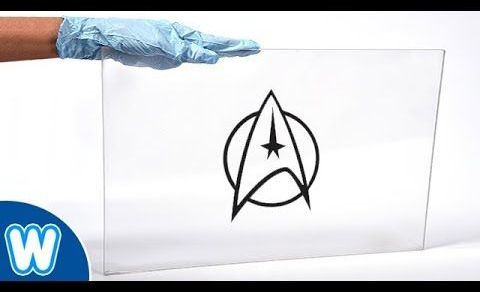
ALON — Transparent Aluminum — is a ceramic composed of Aluminium, Oxygen and Nitrogen. Transparent Aluminum, was once pure science fiction, a technical term used in a Star Trek Movie from the 80’s.
In the movie Star Trek 4 The Voyage Home, Captain Kirk and his team, go back in time to acquire 2 whales from the past and transport them back to the future. Scotty needed some materials to make a holding tank for whales on his ship, but had no money to pay for the materials.
Continue reading “Transparent Aluminum — Star Trek Technology is now Real” »
Jul 30, 2019
Travelling towards a quantum internet at light speed
Posted by Quinn Sena in categories: computing, internet, quantum physics
A research team lead by Osaka University demonstrated how information encoded in the circular polarization of a laser beam can be translated into the spin state of an electron in a quantum dot, each being a quantum bit and a quantum computer candidate. The achievement represents a major step towards a “quantum internet,” in which future computers can rapidly and securely send and receive quantum information.
Quantum computers have the potential to vastly outperform current systems because they work in a fundamentally different way. Instead of processing discrete ones and zeros, quantum information, whether stored in electron spins or transmitted by laser photons, can be in a superposition of multiple states simultaneously. Moreover, the states of two or more objects can become entangled, so that the status of one cannot be completely described without this other. Handling entangled states allow quantum computers to evaluate many possibilities simultaneously, as well as transmit information from place to place immune from eavesdropping.
However, these entangled states can be very fragile, lasting only microseconds before losing coherence. To realize the goal of a quantum internet, over which coherent light signals can relay quantum information, these signals must be able to interact with electron spins inside distant computers.
Jul 29, 2019
Engineers develop chip that converts wasted heat to usable energy
Posted by Genevieve Klien in categories: computing, solar power, sustainability
Mechanical engineers have discovered a way to produce more electricity from heat than thought possible by creating a silicon chip, also known as a ‘device,’ that converts more thermal radiation into electricity. This could lead to devices such as laptop computers and cellphones with much longer battery life and solar panels that are much more efficient at converting radiant heat to energy.
Jul 26, 2019
Physicists discover new quantum trick for graphene: magnetism
Posted by Paul Battista in categories: computing, quantum physics
Sometimes the best discoveries happen when scientists least expect it. While trying to replicate another team’s finding, Stanford physicists recently stumbled upon a novel form of magnetism, predicted but never seen before, that is generated when two honeycomb-shaped lattices of carbon are carefully stacked and rotated to a special angle.
The authors suggest the magnetism, called orbital ferromagnetism, could prove useful for certain applications, such as quantum computing. The group describes their finding in the July 25 issue of the journal Science.
“We were not aiming for magnetism. We found what may be the most exciting thing in my career to date through partially targeted and partially accidental exploration,” said study leader David Goldhaber-Gordon, a professor of physics at Stanford’s School of Humanities and Sciences. “Our discovery shows that the most interesting things turn out to be surprises sometimes.”
Jul 26, 2019
Virginia Tech researchers lead breakthrough in quantum computing
Posted by Paul Battista in categories: chemistry, computing, information science, quantum physics
Abstract: The large, error-correcting quantum computers envisioned today could be decades away, yet experts are vigorously trying to come up with ways to use existing and near-term quantum processors to solve useful problems despite limitations due to errors or “noise.”
A key envisioned use is simulating molecular properties. In the long run, this can lead to advances in materials improvement and drug discovery. But not with noisy calculations confusing the results.
Now, a team of Virginia Tech chemistry and physics researchers have advanced quantum simulation by devising an algorithm that can more efficiently calculate the properties of molecules on a noisy quantum computer. Virginia Tech College of Science faculty members Ed Barnes, Sophia Economou, and Nick Mayhall recently published a paper in Nature Communications detailing the advancement.
Jul 25, 2019
Quantum microphone counts particles of sound
Posted by Quinn Sena in categories: computing, particle physics, quantum physics
A device that eavesdrops on the quantum whispers of atoms could form the basis of a new type of quantum computer.
Jul 24, 2019
Reprogrammable self-assembly makes molecular computer
Posted by Quinn Sena in categories: biotech/medical, computing, information science
Researchers have designed a tile set of DNA molecules that can carry out robust reprogrammable computations to execute six-bit algorithms and perform a variety of simple tasks. The system, which works thanks to the self-assembly of DNA strands designed to fit together in different ways while executing the algorithm, is an important milestone in constructing a universal DNA-based computing device.
The new system makes use of DNA’s ability to be programmed through the arrangement of its molecules. Each strand of DNA consists of a backbone and four types of molecules known as nucleotide bases – adenine, thymine, cytosine, and guanine (A, T, C, and G) – that can be arranged in any order. This order represents information that can be used by biological cells or, as in this case, by artificially engineered DNA molecules. The A, T, C, and G have a natural tendency to pair up with their counterparts: A base pairs with T, and C pairs with G. And a sequence of bases pairs up with a complementary sequence: ATTAGCA pairs up with TGCTAAT (in the reverse orientation), for example.
The DNA tile.

